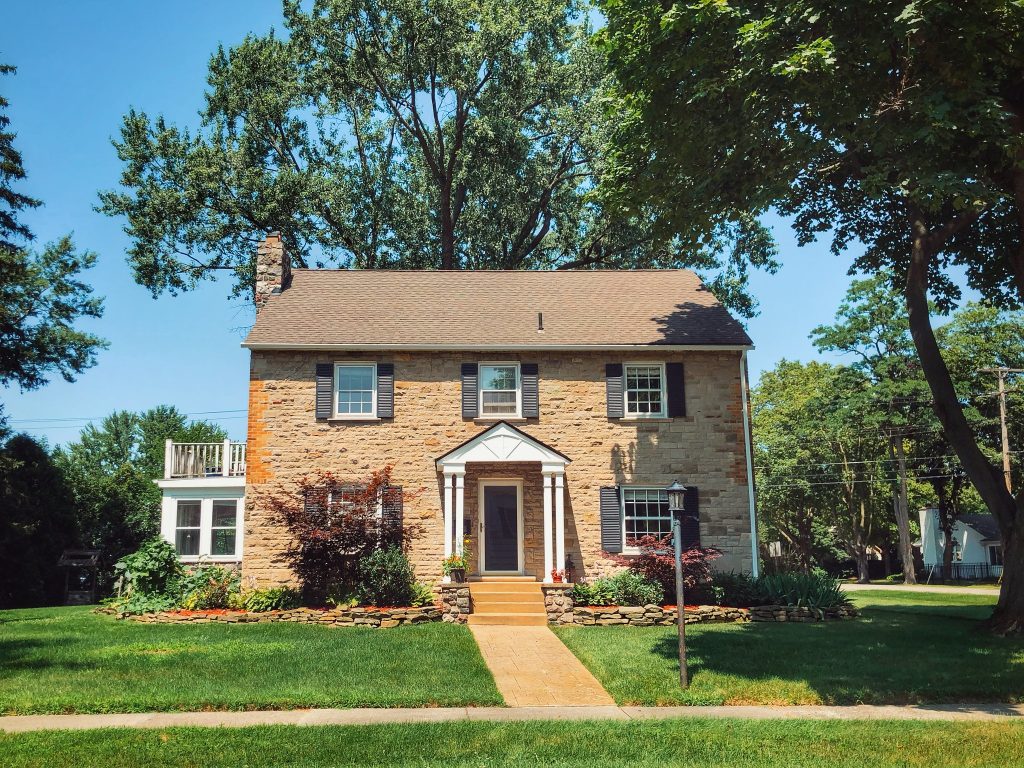Home buyers have been feeling discouraged over the past few years. Higher home prices, rising mortgage rates, and a lack of available homes for sale took some of the excitement out of buying a house. Shopping for a house became stressful and buyers grew hesitant. Last summer, for example, Fannie Mae’s Home Purchase Sentiment Index – which measures how Americans feel about buying and selling a home, mortgage rates, home prices, and the economy – found just 17 percent of survey respondents thought it was a good time to buy. Lately, though, there’s been a bit of a turnaround. The most recent survey results show buyers have gotten more optimistic. In fact, the share of participants who think it’s a good time to buy is now up more than 10 percent from last summer. And with price increases slowing, stable mortgage rates, and a growing number of homes for sale, buyer optimism may continue to grow as the year goes on. (source)













